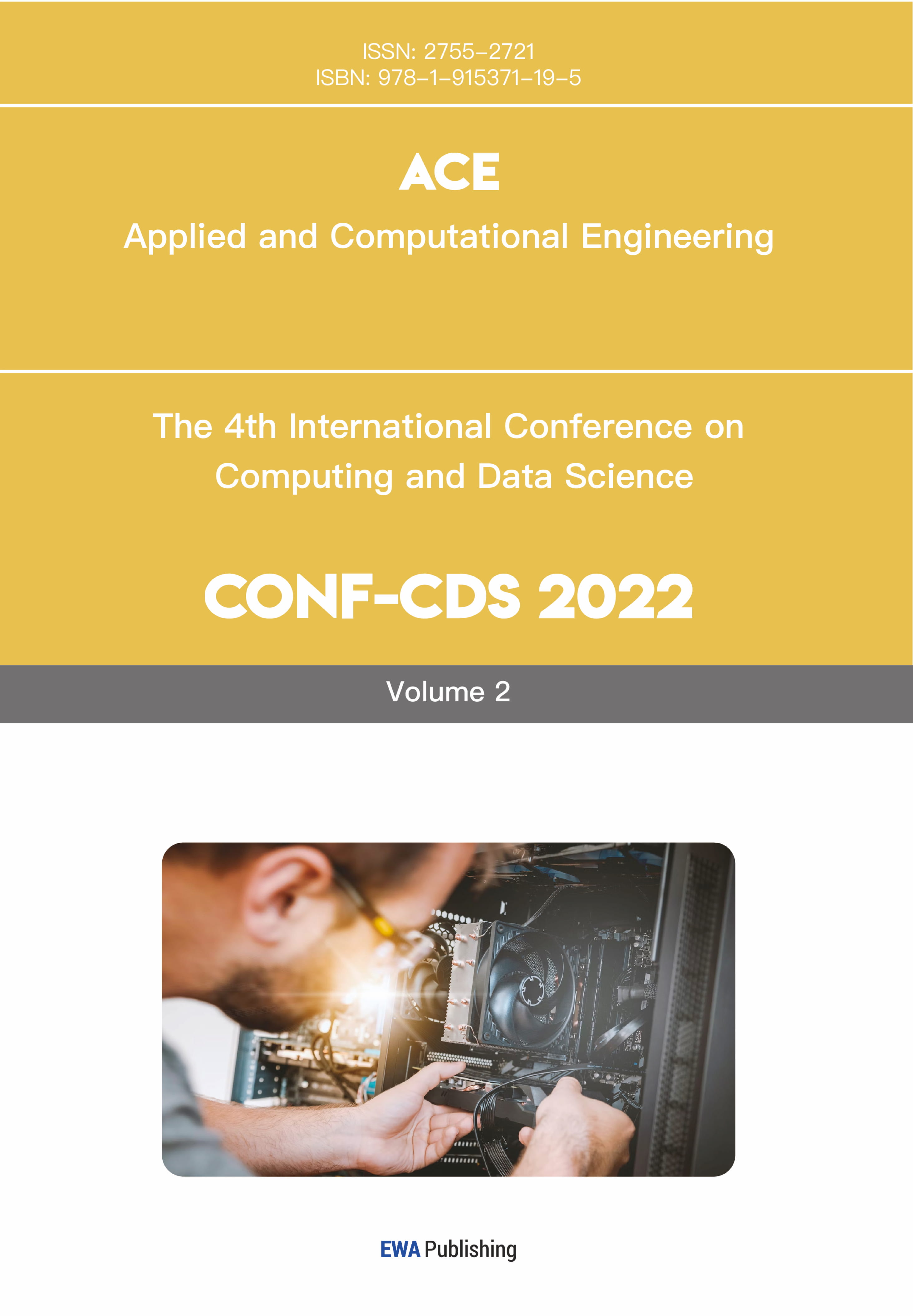References
[1]. J. Tobin, R. Fong, A. Ray, J. Schneider, W. Zaremba, and P. Abbeel, “Domain randomization for transferring deep neural networks from simulation to the real world, ” in IEEE/RSJ International Conference on Intelligent Robots and Systems (IROS), 2017, pp. 23–30.
[2]. Y. Ganin, E. Ustinova, H. Ajakan, P. Germain, H. Larochelle, F. Laviolette, M. Marc- hand, and V. Lempitsky, “Domain-adversarial training of neural networks, ” Journal of Machine Learning Research, vol. 17, no. 1, pp. 2096–2030, 2016.
[3]. I. Goodfellow, J. Pouget-Abadie, M. Mirza, B. Xu, D. Warde-Farley, S. Ozair, A. Courville, and Y. Bengio, “Generative adversarial nets, ” in Advances in Neu- ral Information Processing Systems (NeurIPS), 2014, pp. 2672–2680.
[4]. J.-Y. Zhu, T. Park, P. Isola, and A. A. Efros, “Unpaired image-to-image translation using cycle-consistent adversarial networks, ” in IEEE International Conference on Computer Vision (ICCV), 2017, pp. 2223–2232.
[5]. J. Sohl-Dickstein, E. Weiss, N. Maheswaranathan, and S. Ganguli, “Deep unsuper- vised learning using nonequilibrium thermodynamics, ” in International Conference on Machine Learning (ICML), 2015, pp. 2256–2265.
[6]. J. Ho, A. Jain, and P. Abbeel, “Denoising diffusion probabilistic models, ” in Ad- vances in Neural Information Processing Systems (NeurIPS), 2020.
[7]. J. Song, C. Meng, and S. Ermon, “Denoising diffusion implicit models, ” in Interna- tional Conference on Learning Representations (ICLR), 2020.
[8]. T. Wolf, E. Schperberg, and O. Kroemer, “Diffusion models for robotic manipulation: A survey, ” arXiv preprint arXiv: 2504.08438, 2025.
[9]. T. De Rijk, N. Kooper, and D. M. Gavrila, “Style transfer with diffusion models for synthetic-to-real domain adaptation, ” arXiv preprint arXiv: 2505.16360, 2025.
[10]. C. Li, Z. Chen, and H. Su, “Adversarial layout-to-image diffusion model for control- lable grasp generation, ” arXiv preprint arXiv: 2403.11459, 2024.
[11]. L. Chen, C. Lu, and G. Lee, “xted: Cross-domain trajectory editing using diffusion models, ” in International Conference on Learning Representations (ICLR), 2025.
[12]. K. Li and A. Tamar, “Continuous simulation-to-real transfer with diffusion models, ” in IEEE International Conference on Robotics and Automation (ICRA), 2024.
[13]. X. Chen, Z. Liu, K. Z. Luo et al., “Diffubox: Refining 3d object detection with point diffusion, ” in Advances in Neural Information Processing Systems (NeurIPS), 2024.
[14]. C. R. Qi, H. Su, K. Mo, and L. J. Guibas, “Pointnet: Deep learning on point sets for 3d classification and segmentation, ” in Conference on Computer Vision and Pattern Recognition (CVPR), 2017, pp. 652–660.
[15]. C. Saltori, Z. Zhong, M. R. Oswald, and F. Tombari, “Sf-uda3d: Source-free unsuper- vised domain adaptation for 3d object detection, ” in IEEE International Conference on Computer Vision (ICCV), 2021, pp. 172–181.
[16]. Y. Ze, G. Zhang, K. Zhang et al., “3d diffusion policy, ” in Robotics: Science and Systems (RSS), 2024.
[17]. F. Torabi, G. Warnell, and P. Stone, “Behavioral cloning from observation, ” in International Joint Conference on Artificial Intelligence (IJCAI), 2018, pp. 4950– 4957.
[18]. A. Stone et al., “Demystifying diffusion policies: Action memorization and simple lookup table alternatives, ” arXiv preprint arXiv: 2505.05787, 2025.



